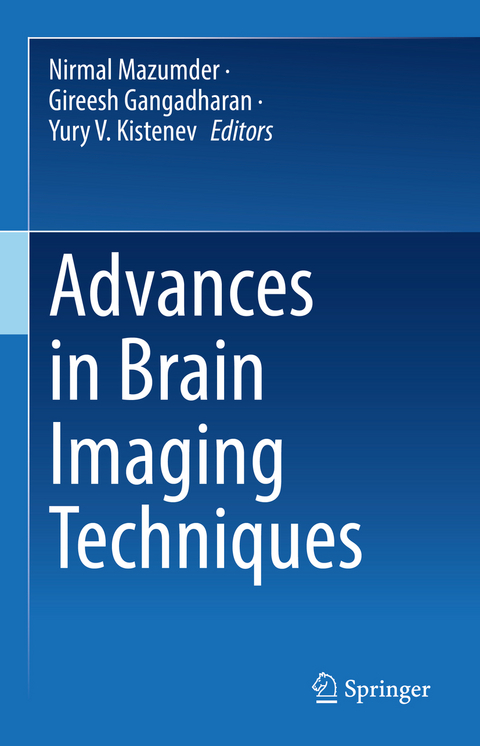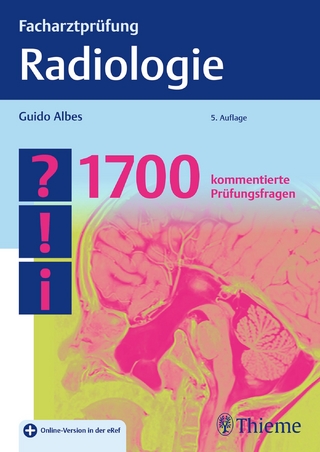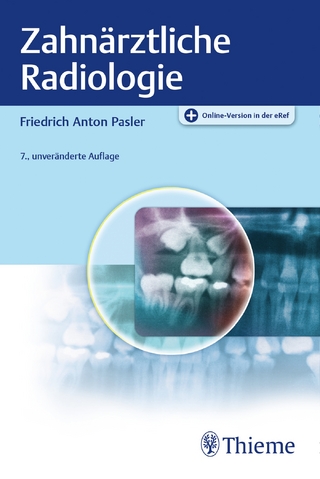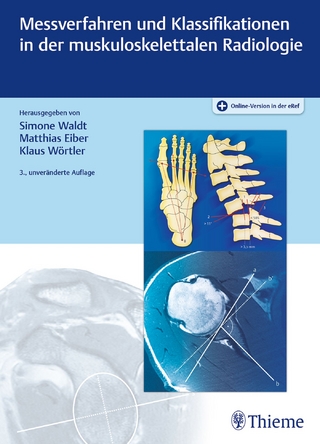
Advances in Brain Imaging Techniques
Springer Verlag, Singapore
978-981-19-1351-8 (ISBN)
Dr. Nirmal Mazumder is an Assistant Professor at the Department of Biophysics, Manipal School of Life Sciences, Manipal Academy of Higher Education (MAHE), Manipal, India. He obtained his Ph.D. in 2013 from National Yang Ming Chaio Tung University, Taipei, Taiwan. From 2013 to 2016, he worked as a postdoctoral fellow at the University of Virginia, the USA, and the Italian Institute of Technology, Genoa, Italy. He has been developing nonlinear optical microscopes, including two photon fluorescence, second harmonic generation, coherent anti-Stokes Raman scattering for biomedical applications. He has more than 10 years of teaching experience in biophysics, biophotonics, photonics, physics, and bioinformatics. He has published more than 50 research articles in the peer-reviewed international journals and is a member of several national and international scientific societies and organizations including, the Optical Society (OSA) (Senior member), SPIE—the International Society for Optical Engineering (Senior member), Society of Biological Chemists (I) (Life Member), Environmental Mutagen Society of India (Life Member). Dr. Gireesh Gangadharan is an Assistant Professor in the Department of Cell and Molecular Biology at Manipal School of Life Sciences, Manipal Academy of Higher Education (MAHE), Manipal, Karnataka. He is the recipient of Ramalingaswami Fellowship, a prestigious fellowship from Department of Biotechnology, Government of India. Dr. Gangadharan received his Ph.D. in Neuroscience from Cochin University of Science and Technology (CUSAT), India. Subsequently, he did postdoctoral training at Korea Institute of Science and Technology (KIST) and Institute for Basic Science (IBS), South Korea, where he has made many critical findings on the neural mechanisms of behaviors at the integrated levels from genes to systems. His research interest is to understand the neural mechanism of animal behaviors such as exploration, anxiety, memory etc.He is trying to understand how different brain circuits are controlling diverse behaviors, with emphasis on the network interaction between different brain regions. Dr. Yury Kistenev is a Professor at the Tomsk State University (TSU), Russia. He received his Ph.D. in optics in 1987; doctoral in physics and mathematics in 1997. He is the author of more than 150 research articles and has written two book chapters. His current research interests include laser molecular imaging, laser spectroscopy, and machine learning.
Optical coherence tomography in brain gliomas detection and peritumoral white matter state evaluation.- Two Photon Fluorescence Lifetime Imaging of Reduced nicotinamide adenine dinucleotide in Brain Research.- Types of Raman Scattering Techniques for Neurodegenerative Diseases.- Drosophila brain advanced multiphoton imaging.- Myelin imaging.- Brainbow: Principle, Technique and Applications.- Photoacoustic Imaging of Brain.- Photodynamic therapy of brain diseases.- Advanced Magnetic Resonance Imaging (MRI) of Brain.- Indirect imaging.- Multimodal Noninvasive Imaging Strategies for Clinically Monitoring Degenerative Disorders of the Brain.- Machine learning approach in brain imaging.- Transgenic Brain mapping Techniques in Drosophila melanogaster.- Behavioural phenotyping to study cognitive and non-cognitive symptoms in the rodent model of Alzheimer's disease.
“The texts are well referenced and supported by clearly labelled diagrams, flow charts and figures, to aid with reading. … it may be seen as a useful addition to a departmental library for those neuroradiology and neurosciences colleagues with a particular interest in this developing field.” (Yuan Chun Kheng, RAD Magazine, December, 2023)
| Erscheinungsdatum | 26.05.2022 |
|---|---|
| Zusatzinfo | 1 Illustrations, black and white; XII, 257 p. 1 illus. |
| Verlagsort | Singapore |
| Sprache | englisch |
| Maße | 155 x 235 mm |
| Themenwelt | Medizinische Fachgebiete ► Radiologie / Bildgebende Verfahren ► Radiologie |
| Medizin / Pharmazie ► Studium | |
| Naturwissenschaften ► Biologie ► Humanbiologie | |
| Naturwissenschaften ► Biologie ► Zoologie | |
| Technik ► Maschinenbau | |
| Schlagworte | Biophotonics • neurodegenerative diseases • neuroimaging • Neuropsychiatric diseases • Non-optical imaging • Optical imaging |
| ISBN-10 | 981-19-1351-X / 981191351X |
| ISBN-13 | 978-981-19-1351-8 / 9789811913518 |
| Zustand | Neuware |
| Informationen gemäß Produktsicherheitsverordnung (GPSR) | |
| Haben Sie eine Frage zum Produkt? |
aus dem Bereich


